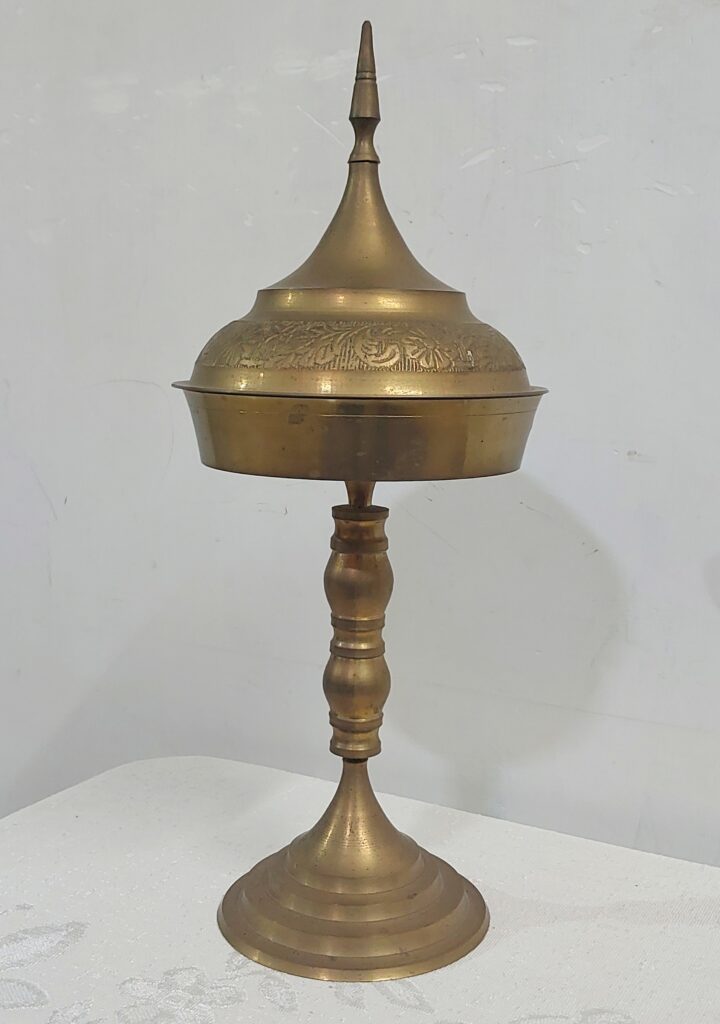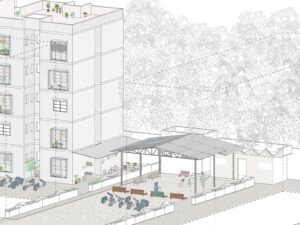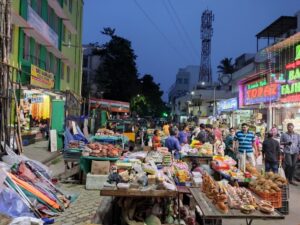As the Xanadu echoes the heterogeneity of the world through Kane’s myriad of possessions like Greco-Roman statues and Venetian gondolas, the twenty-first century residential space narrates a similar tale of global flows. The prospects for such flows to ensue are much more now through numerous options which meet the customer’s budget. A few clicks, or a trip to a city enables the postmodern resident to bring fragments of the world into their living space, which in extension also reaffirms their globalised identity.

A metamorphosis is evident in the sphere of architecture in Assam as traditional houses are being exponentially replaced with RCC buildings. This exists vis-à-vis a change in the interior landscape. My home, nestled in the industrial city of Dibrugarh, has among other Assamese cultural signifiers, the xorai, and the japi wrapped in the handwoven gamusa. But do they exist in isolation? Certainly not, for the globalised resident typically seeks to curate things if they fulfil their aesthetic as well as monetary parameters. Consequently, a terracotta Durga idol from Bankura graces my living room, and art forms from Rajasthan and Gujarat alternatively unfold through elaborately embroidered bedsheets. Living spaces negotiate with cultural flows through residents’ exposure, preference, and purchasing power. However, in Indian middle class spaces, there is usually a coexistence of culturally-imported objects with their more mundane, functional counterparts, like a wardrobe or a rack, and with objects of sentimental value, such as photographs, personal artworks, etc.

An avenue remains present in the case of international travellers through which cultural flows can occur from visited countries to home country via embodiments like memorabilia or other purchases. Nevertheless, it is not outside the realm of possibility for the globalised resident to access these very embodiments without having to leave their country at all. Thank the digital revolution (and online shopping, of course)!
This digitally-sound world has seen a monumental augmentation in the circulation of images. The camera and the web have collectively brought the external world into individual spaces. As a result, easily available reproductions of famous paintings and landmarks have also begun to adorn residential walls. However, amidst all these, it is important to be aware that beyond material exchanges, cultural flows may also be ideoscopic in nature wherein a culturally, spatially, or temporally distant thought or philosophy may influence the globalised resident, and the same may reflect in their personal space through various expressions.
Mentors’ Comments
“The first paragraph needed tighter editing. But otherwise, this is a fine piece of writing with a unique premise and it delivers what it sets out to do.”
– Arpita Das
“Doesn’t speak much to me; what is the author trying to say—not very clear—starts with imagery of Xanadu, but who knows Xanadu—covers too many ideas.”
– Peeyush Sekhsaria






